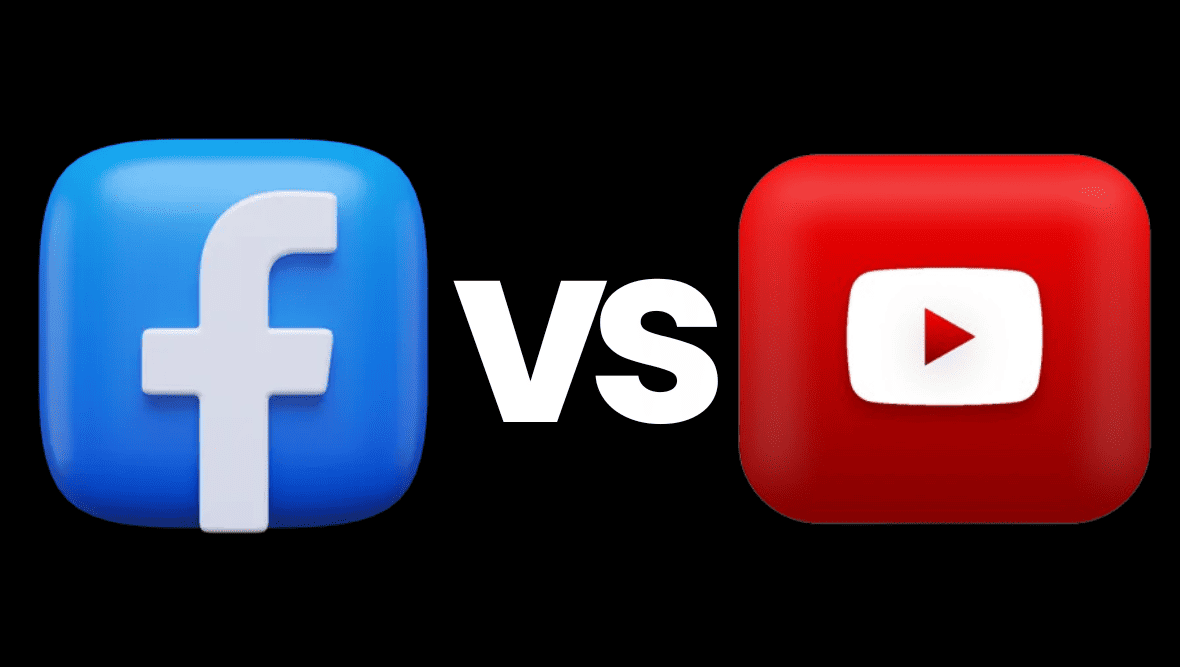
Keeping up with trends on social media isn’t just about creating snappy, up to the minute content. It’s also about using digital know-how to get that perfect piece of insight or info seen by the right people, not to mention to as many people as possible.
Once upon a time YouTube was the only place worth thinking about when it came to video content online, but it might not be so straightforward anymore thanks to one social media giant – Facebook.
Gone are the days when YouTube was the sole platform for video content online. The emergence of powerful social media organisation like Facebook has reshaped the online video landscape, presenting new opportunities and challenges for marketers.
Online video content was watched by 61.4 million people in 2023, showing how crucial it is to optimise every aspect of your video content strategy. According to trends, video content is set to dominate web traffic, potentially accounting for up to 82% of all consumer internet traffic by 2025. Missing out on this trend is simply not an option for brands looking to stay relevant.
The rise of mobile and tablet usage has further accelerated these changes, with mobile poised to surpass desktop usage in the near future. Brands and agencies must adapt quickly to this shifting paradigm to effectively engage with their target audiences.
Facebook, with its unparalleled reach, sophisticated audience targeting capabilities, and insightful user research, has become a formidable player in the online video space since introducing video content to timelines in 2014. Video views on Facebook skyrocketed to more than 4 billion in 2023 and continue to climb steadily.
One key advantage Facebook offers over traditional video platforms like YouTube is its native sharing functionality, which often results in greater visibility for video content. Native uploads on Facebook typically outperform YouTube links on the platform, highlighting the importance of tailoring content to specific platforms.
For brands already utilising Facebook's advertising platform, the benefits extend to video content, allowing for precise audience targeting and enhanced engagement.
However, recent scrutiny has raised questions about Facebook's video metrics, particularly concerning the definition of a 'video view.' Despite this, many brands have found success with autoplay videos, leveraging intriguing content to capture user attention and drive engagement.
While Facebook excels in short, viral-ready content, YouTube remains a preferred destination for longer, high-quality videos and niche insights. The solution? Embrace both platforms strategically. Utilise YouTube for long-form content that delves deep into your message, while leveraging Facebook for bite-sized, creatively edited versions to capture a broader audience.
Expertise is paramount, so let us help you navigate these changes and ensure your content gets the visibility it deserves. Reach out today and together, we'll craft a winning strategy for your brand's online presence.


